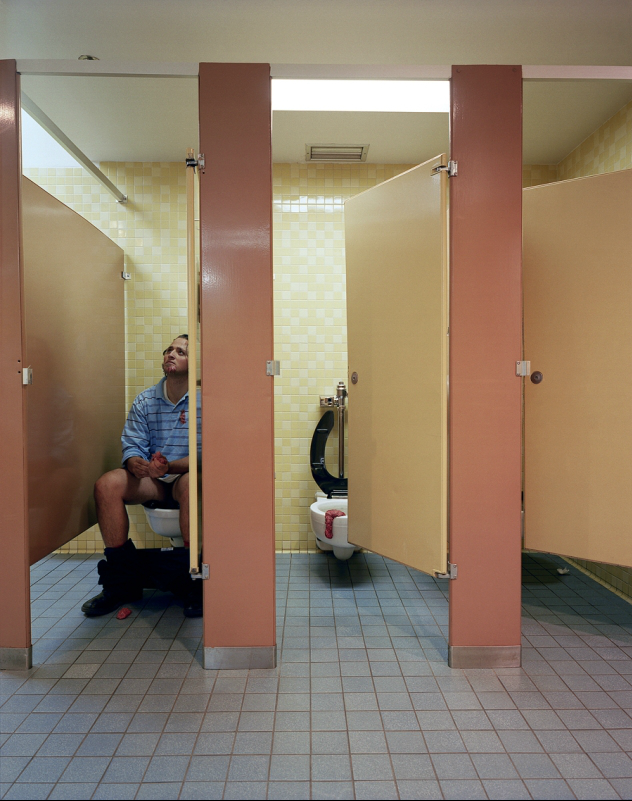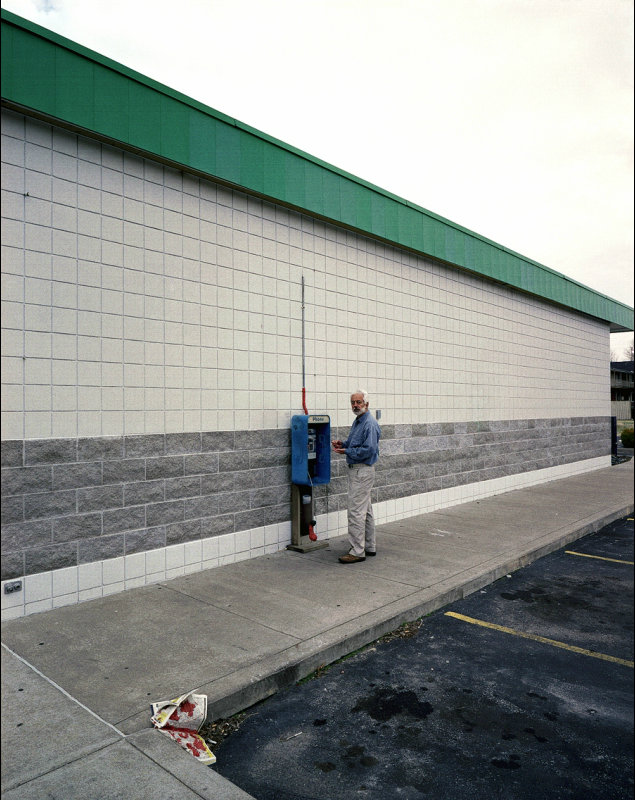Bastien Desfriches Doria interview
[et_pb_section bb_built="1"][et_pb_row][et_pb_column type="4_4"][et_pb_image _builder_version="3.0.102" src="http://onetwelvepublishing.com/wp-content/uploads/2009/05/Screen-Shot-2018-02-14-at-2.25.35-PM.png" show_in_lightbox="off" url_new_window="off" use_overlay="off" always_center_on_mobile="on" force_fullwidth="on" show_bottom_space="on" /][et_pb_text _builder_version="3.0.101" background_layout="light"]
I was born in Paris, France, but mostly lived in different areas of France. Until age 7 I lived in a small town near Montpellier in South France called Bezier. Then my family moved to Rennes, the capital city of the Brittany region, where I spent my teen-hood and first university years. So I guess from a cultural viewpoint that makes me mostly a “Breton” (from Brittany).
I have amazing memories of my childhood in South France, probably because of how absorbent and sentient you are at such a young age, but also because of how more fragrant, colorful and bright it is in comparison with Brittany. A typical day in Brittany, pretty much anytime in the year, is cool (low 60ºF), humid, windy and more importantly…grey. On the other hand, the fact that it is surrounded by the Atlantic ocean on its South and West side as well as by the English Channel on its Northside makes up for it. Standing on the Breton seaside is the best way to experience what Brittany is about: natural granite coasts, preserved beaches without any buildings, small traditional fishing villages; the sea also has a unique magnetic presence over there, and the color palette is incredibly nuanced, especially in the greens and the blues where it incorporates a pinkish pastel like tint. I have many favorite places in Brittany, but Saint Malo is THE place where I feel drawn to the most. My mother was born there, and the city itself has left intact its unique historical culture: that of an all surrounded fortified pirates city (called “Corsaires”) that the British never managed to take.
How did you first get into photography?
Well, for a very long time I was only interested in Philosophy and Poetry. That’s all I read and studied until I was about 22 or 23 years old. That means that my overall artistic background, paradoxically, isn’t visually-based but rather motivated by a certain thought process similar to philosophical questioning (what if?). I like to think of the work I produce as propositions, conditional images trying to assert the validity of a viewpoint by letting reality refutes it or on the contrary corroborates it.
I like to think of the work I produce as propositions.
Anyhow, I eventually came to photography because of my big brother Gabriel, who was a year and a half older than me. Gabriel tragically died of suddenly from cancer when he was 25, this was a very traumatic event for me, as for the rest of my family. He was the one doing photography, had been for years since his late teenage years. Progressively he started putting his cameras in my hands, talking to me about technical and artistic aspects of photography. I guess it was a huge passion for him and he couldn’t resist sharing it, sharing his enthusiasm for being able to translate so much of one’s world into a photograph. My brother and I were not very close until then. Sadly I think it may have simply been because of how thin our age difference was during our teens. We grew apart in order to affirm ourselves, we even often grew in opposition just as a principle, i.e. if Gabriel liked one thing I had to like another and vice versa. Anyway, I always felt Photography was the one thing my big brother gave me willingly, with such generosity and pleasure that I just couldn’t turn it down, I had to start doing it because I so much loved our relationship around it. At least that’s how it was in the beginning, as I quickly grew fond of the medium in a more autonomous view. For maybe two years I shared Photography with Gabriel, we didn’t really engage in common projects but we exchanged lenses, mutually criticized our shots, went to the photo stores together…I remember this one day when I bought this new Nikon camera (F90). I went to my mother’s with it and Gabriel was there too. It was so funny when he saw the box his face lit up and he looked at me, incredibly surprised, then he jumped on his feet and played with it for an hour like a baby child. He was so excited for me.
Like so many amateur photographers I did 35 mm black-and-white photography as a hobby for a while, shooting friends, art festivals, developing my films in my tiny student apartment bathroom. Then after Gabriel died, I was so confused, all I felt was that I needed to go far far away from everything. So I applied for this American international student exchange program at my home university in Rennes and luckily, almost amazingly I should say, I was selected (I wasn’t a language student, so this was very unusual). That’s how I landed in Carbondale, IL for the first time in 99. I was supposed to study Information & Communication sciences there, but after a few days, I decided to enroll exclusively in Photography courses. That’s pretty much when Photography became the most important thing in my life, without me realizing I was actually deciding so. I haven’t stopped photographing since then.
You hold a BA in Philosophy and an MFA in Photography. In what ways do you think the fusion of these two disciplines have influenced your outlook on art and your personal photography.
That’s a really good question because since I started studying Photography in the US that’s all I vowed to do: to turn complex philosophical questionings into photographic scenarios. I’ve always thought that eventually, Philosophy was a transitionary medium for me, in the sense that ultimately I would need to act upon my understandings to make my life meaningful. As much as I enjoyed (and still do) reading Heidegger or Wittgenstein, I feel that what remains of what they offer to the avid reader, this incredible thirst for existence is too precious to sit on it. Or to just think about it. Real understanding affects your life concretely, it dictates choices that somehow makeup who you are. My own way of acting upon philosophical understanding is to picture it photographically. That’s the reason why most of the time I conceive of a project intellectually first until it involves less controllable realities like affections.
Reality exists unformatted, unarticulated, and I think Photography relates to it similarly.
Thinking of it, the one thing that made me stick with Photography is the fact that it enables you, it invites you I should say, to reach for things outside of the boundaries of language. Reality exists unformatted, unarticulated, and I think Photography relates to it similarly. Photography concentrates, unveils and proposes to see (in French I would say “donne à voir”, gives to see) aspects of reality that we don’t dare considering outside of it.

In your artist statement for “Mammal Thoughts,” you talk about human’s difficulty in reflecting upon their own physicality. Can expand on this and why it inspired you to use meat as a metaphor.
Well the meat, as you said, is indeed standing in this imagery as a visual metaphor. That means that while looking at these images the viewer needs to understand that the meat laid out isn’t real but that on the contrary, it represents a mental projection of the mind operation of the portrayed character. The whole series entertains a complicated and plural relationship with photographic representation: on different levels the Mammal Thoughts photographs are simultaneously about portraiture, (thought) performance, documentation (of the performance) and ultimately Photography’s inability to ever materialize – or descriptively add into the factual account of its statements – the subjective or narrative point of view of one’s consciousness.
Photography is like our mind, it always excludes the photographer – as well as the looker or the thinker – from the materials produced or presented. Fundamentally, one can not experience the objective encounter of his/her own physicality in the world. That means that I will never be able to “see” myself as I see any other person. I will never experience such an objective viewpoint about myself as a person. There is something extremely unsettling about this, that the medium of photography uniquely comments on.
Fundamentally, one can not experience the objective encounter of his/her own physicality in the world.
As a photographic experimentation, I wanted to see how photography could describe, notice, infuse or simply “mean” factually the very content of such particular thoughts: that of having someone perform a strange act of thought, i.e. thinking of oneself as just being his/her own body. All the photographed characters in this series have been briefed before their respective shooting about the philosophical background implied in this work. I first met each of them and talked to them for an hour or so about Cartesian philosophy (I think therefore I am) and about Merleau-Ponty’s phenomenology of perception. These researchers actually constituted my MFA thesis and the Mammal Thoughts series ended up being my thesis work.
Anyhow, what I asked of each of them was to perform the same act of thinking: they all had a week or two to think about their relationship to their own bodies. Did they think they were, as individuals, more than their bodies? Did they enjoy the idea of possibly being nothing more than a corporeal identity, or were they on the contrary very frustrated with it? Were they comfortable with the fact that we are all conditionally physical in order to exist in the world? Or were they on the opposite trying to overlook that reality as much as they could? For many of the characters personal, religious and spiritual believes interplayed with the set problematic, as they didn’t agree that their individual identity was the sole attribute of their bodies. While others felt that being physical transcribed mostly as pleasures, pains or social aesthetic concerns.
So these photographed people, in essence, both re-enacted their original thought about who they are as bodies in their portrait, while also symbolically acting it out through a collaborative choice of location, clothing, and props. Some models took responsibility in choosing what to do and where, but others didn’t wish to, in which case I solely decided of their photographic scenario according to what our conversations.
In the end, each portrait represented:
- a photographic document of the active thinking effort of the character to try to think themselves only as physical beings, and a portrait of them as doing such performance
- a photographic document attesting that the content of their thoughts wasn’t actually manifested photographically, even though it constituted the subject of the image
- as such a document attesting of Photography’s failure to represent such subjects (contenus de pensée, in French) a photographic document a testing of one’s inability to embrace their own physical presence in the world objectively photography’s symbolic remedy to this failure pictured as raw meat in the scenes.
What do you find is the most rewarding thing about being a professor?
I think that being a professor forces me to keep questioning the medium with which I create. Every time that I re-explore problematics inherent to Photography in class, be they of philosophical, aesthetical or theoretical nature, I feel like renewing an original, authentic understanding of it.
View the exhibition
[/et_pb_text][/et_pb_column][/et_pb_row][/et_pb_section]


